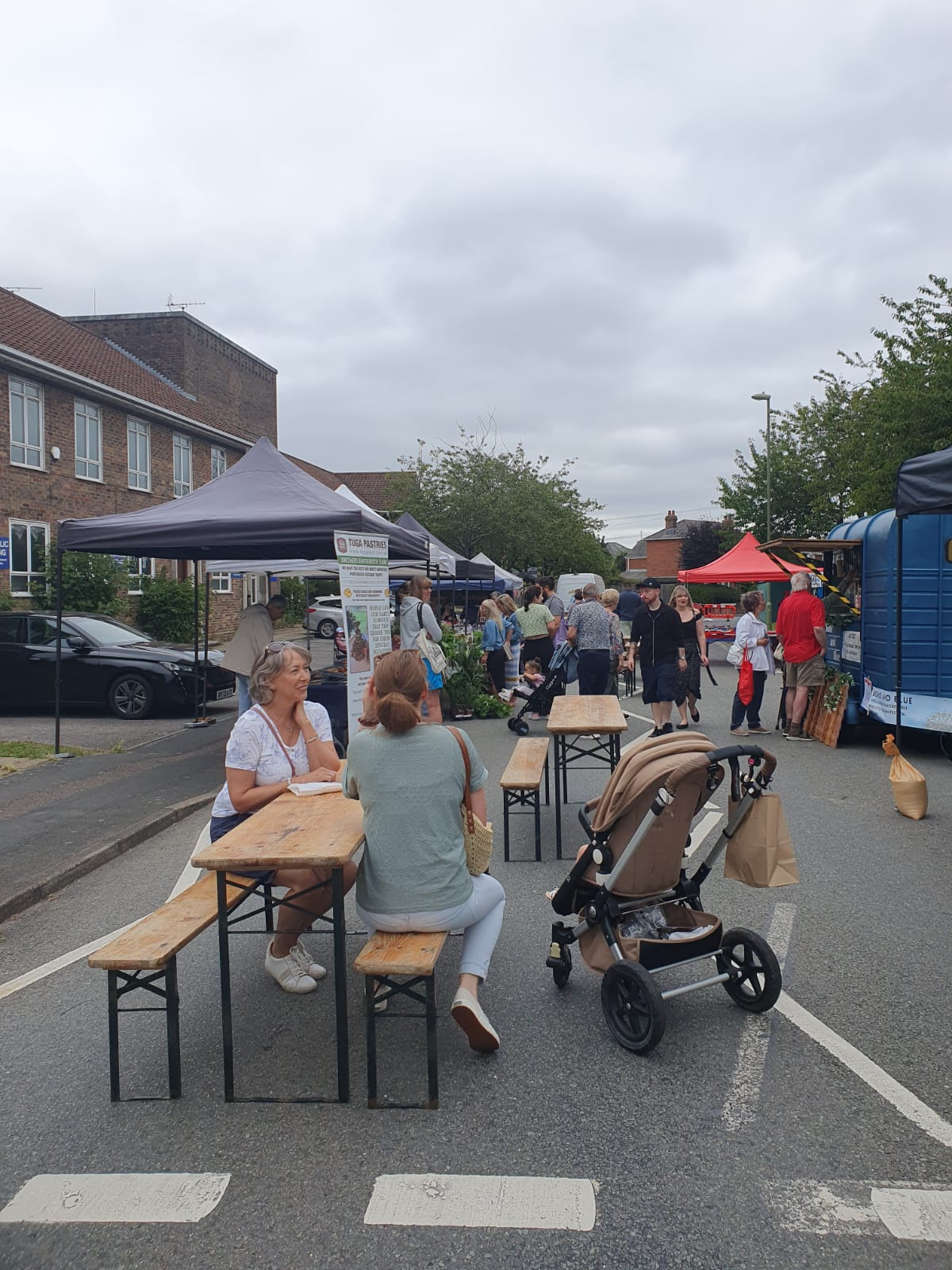
TE8: Active Travel
Policy Ideas
The SG has identified that improved connectivity between the wider parish and the town centre on foot, by bicycle and on public transport will reduce the reliance on private car use for short journeys.
The Neighbourhood Plan will identify the existing Sustainable Travel Network and opportunities for improvements for the purpose of prioritising walking and cycling and encouraging the use of public transport.
The policy looks to ensure that development proposals on land that lies within or adjacent to the Network should avoid harm and should sustain and where practicable enhance, the connectivity of the Network by virtue of their layout, means of access and landscape treatment, including the creation of pavements to link to existing pavements and walking routes
Opportunities will be identified where public realm improvements are required to enhance the walking and cycling environment, improve residential amenity and highway safety and where development proposals deliver these opportunities for improvement they will be supported.
The policy can also support the creation of a town centre cycle hub, secure cycle storage at key locations as well as the provision of short-term cycle parking facilities. Cycle parking and storage standards will be expected to be met in all new developments.
A map of the existing network will be presented as part of the informal engagement work.
The supporting text to the plan can also advocate for new 20mph zones in residential streets to encourage cycling, reduce pollution and rat running.
The early Neighbourhood Plan work resulted in better active travel routesas a key area of focus for improved accessibility of both the town centre and the wider area (ie how easy it is for people to reach and use.)
Improving how residents and visitors move through Totton and Eling on foot, by bicycle and by public transport and in particular how they access the town centre, requires understanding the options and opportunities for active travel.
This policy will provide a map of the existing active travel network (walking, cycling, bus routes,) and to use the status of the TENP to draw to the attention of developers where this network is so that they can take it into account in designing their proposals, and especially how their schemes are accessed if they are located next to the network.
The map will also identify opportunities for improvement for public transport as well as walking and cycling, to encourage a higher uptake of active travel modes of transport and assisting decision makers and developers in prioritising funding when investing in the network. This will help reduce the reliance on use of the private car and encourage walkable communities. This policy can also identify the preferred location of the cycle hub.
What Next?
Do you have any comments on this policy area?